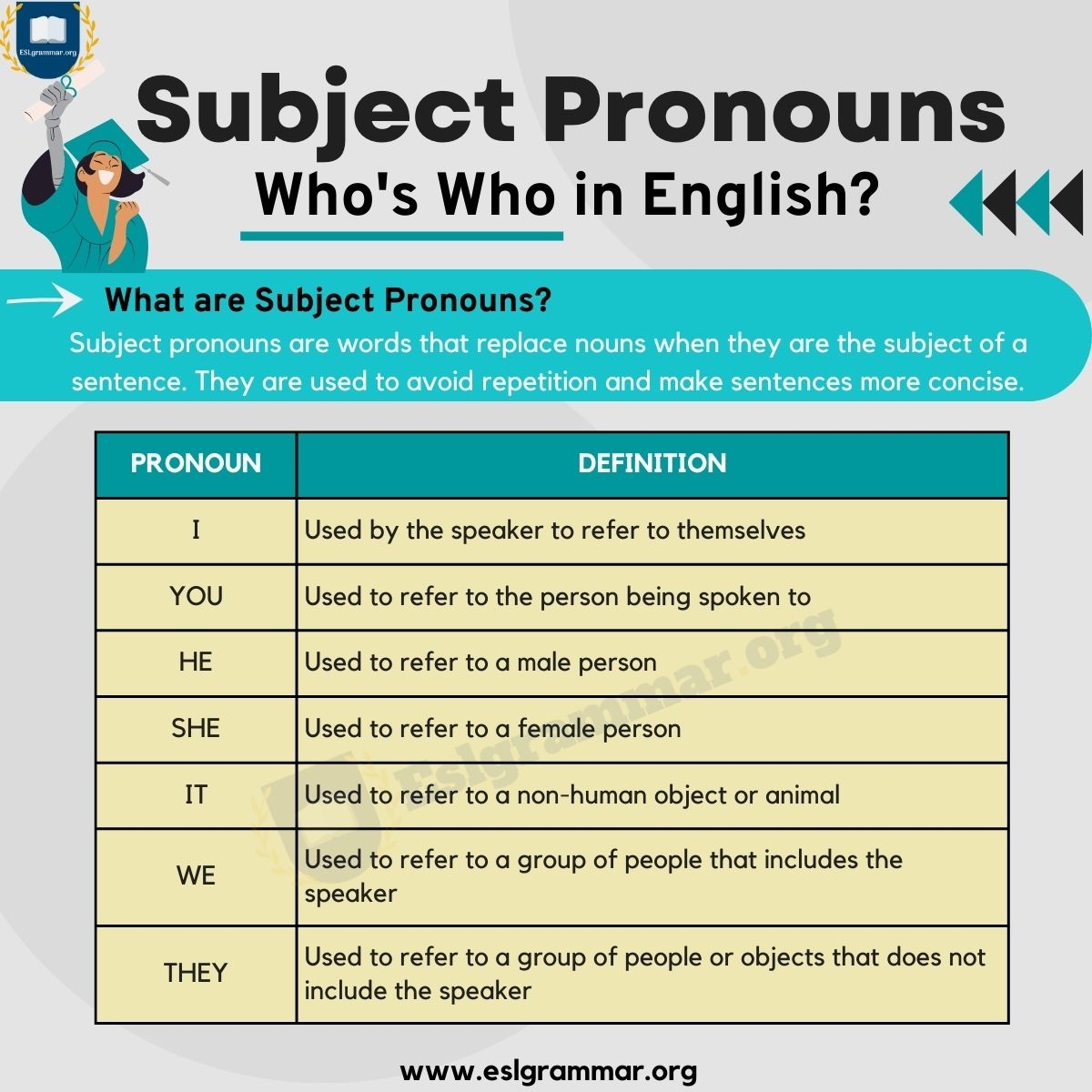In grammar, a subject is an essential part of a sentence. It is the person, place, thing, or idea that is doing or being something. Understanding the different types of subjects can help improve your writing and communication skills.
There are various types of subjects in grammar that play different roles in a sentence. Each type of subject helps convey information in a unique way. Let’s explore some of the common types of subjects:
Different Types of Subjects in Grammar
1. Simple Subject: The simple subject is the main noun or pronoun that performs the action in a sentence. It is the focus of the sentence and is usually located at the beginning of the sentence. For example, in the sentence “The dog barked loudly,” the simple subject is “dog.”
2. Compound Subject: A compound subject consists of two or more nouns or pronouns that are connected by a coordinating conjunction such as “and” or “or.” For example, in the sentence “John and Mary went to the store,” the compound subject is “John and Mary.”
3. Complete Subject: The complete subject includes the simple subject along with any modifiers that describe it. It provides more information about the subject and helps clarify the context of the sentence. For example, in the sentence “The big, brown dog barked loudly,” the complete subject is “The big, brown dog.”
4. Implied Subject: An implied subject is not explicitly stated in the sentence but is understood based on the context. It is commonly used in commands and instructions. For example, in the sentence “Close the door,” the implied subject is “you.”
5. Collective Subject: A collective subject refers to a group of people, animals, or things treated as a single entity. It is usually singular in form but can take a plural verb depending on the context. For example, in the sentence “The team is practicing for the game,” the collective subject is “team.”
Understanding the different types of subjects in grammar can enhance your writing skills and make your sentences more clear and effective. By identifying and using the appropriate subject in a sentence, you can convey your message accurately and engage your readers effectively.
